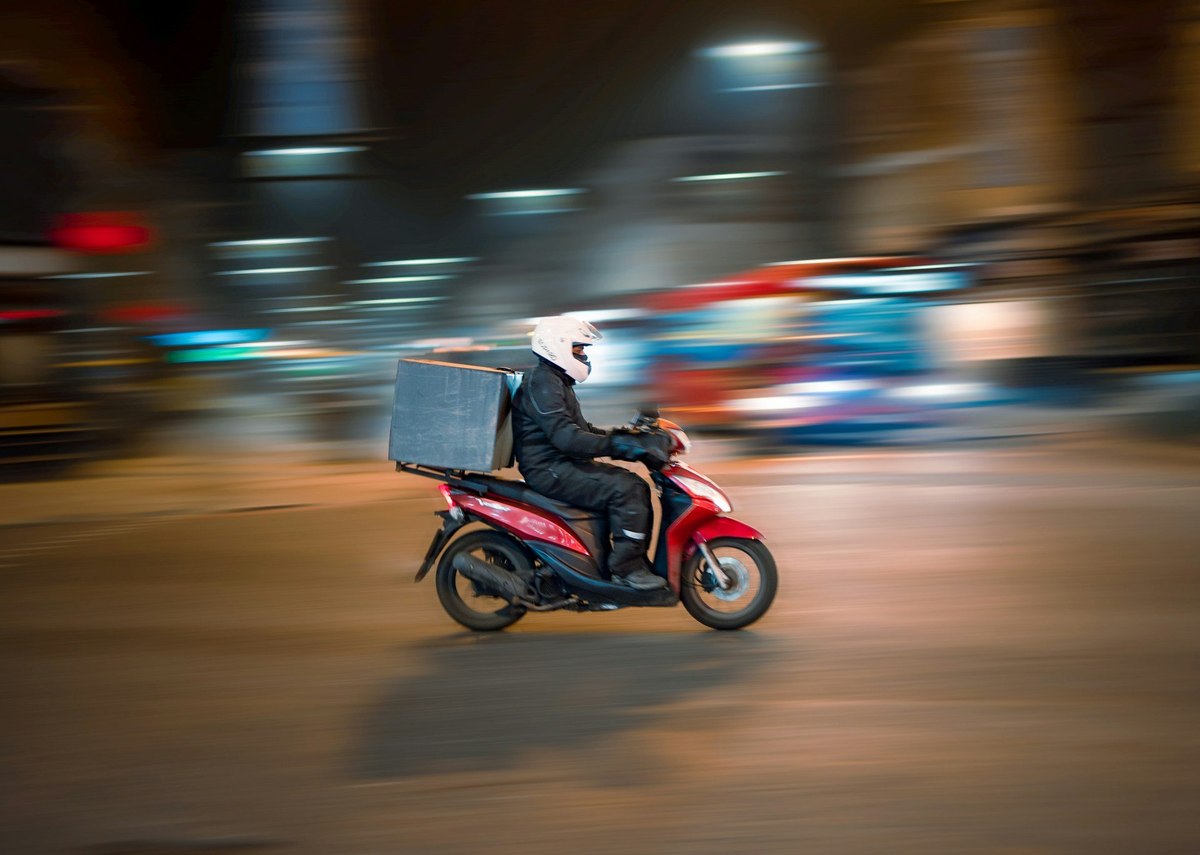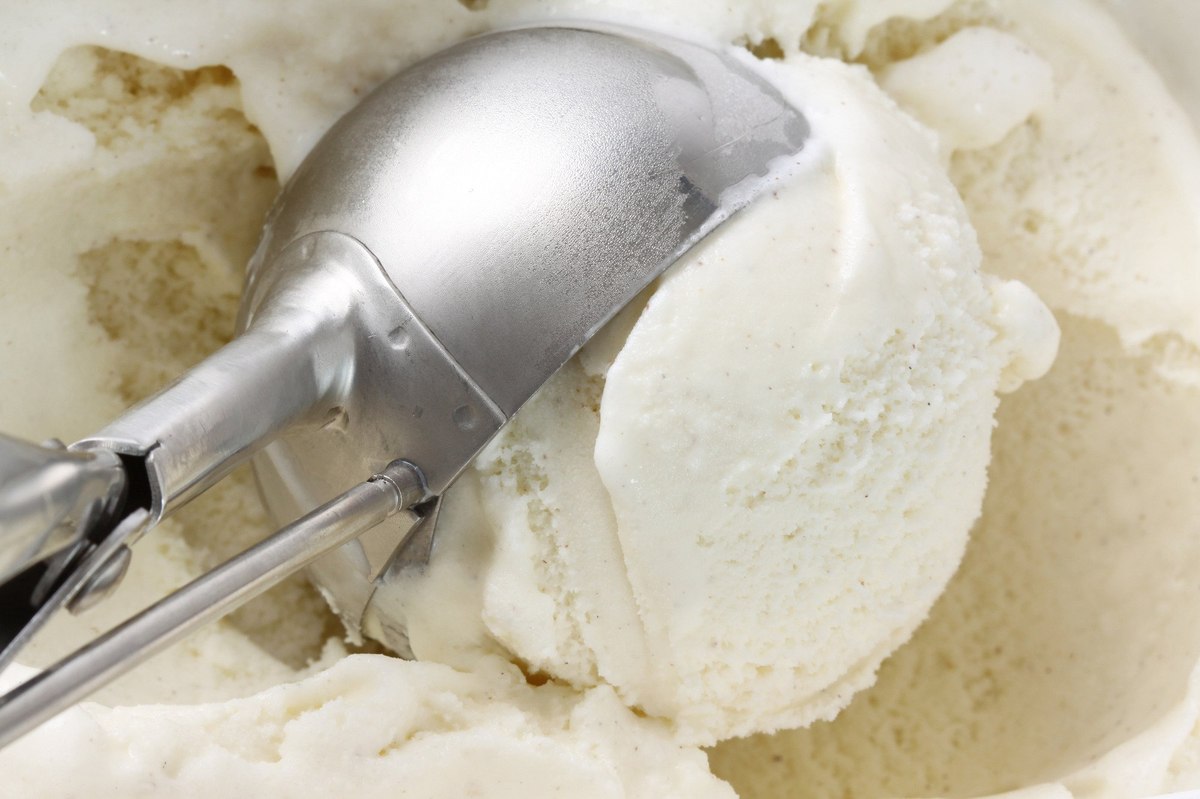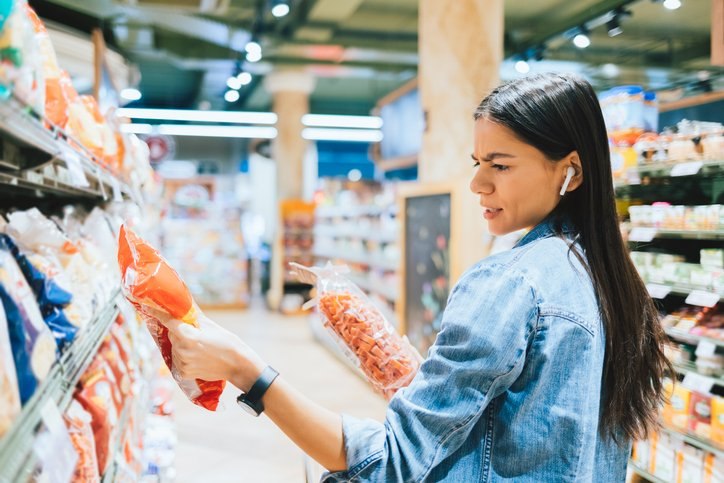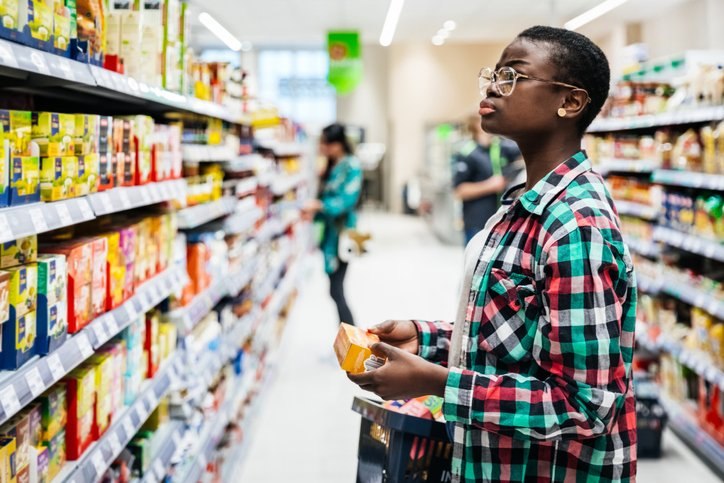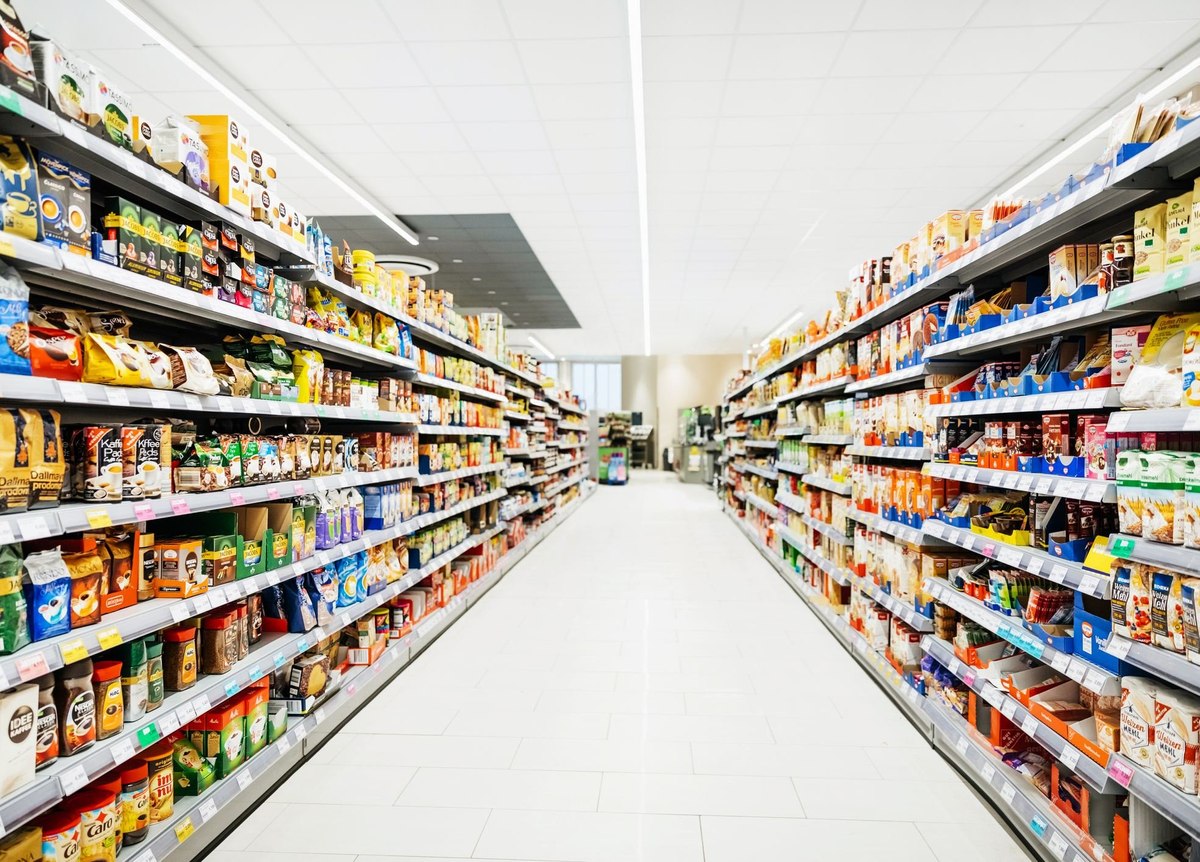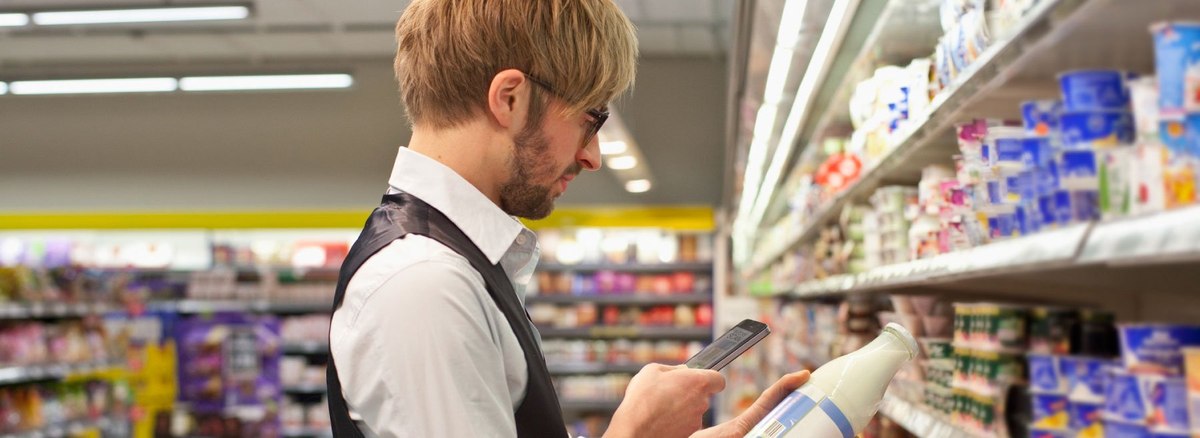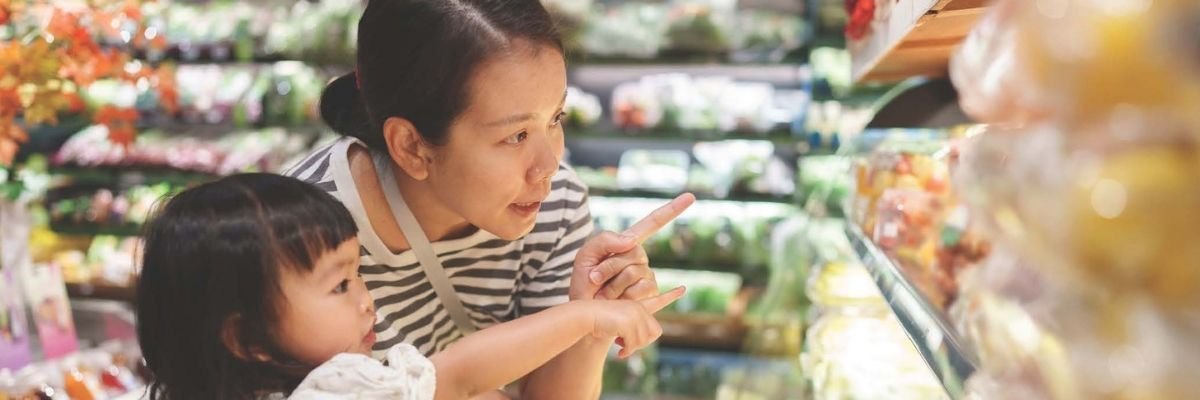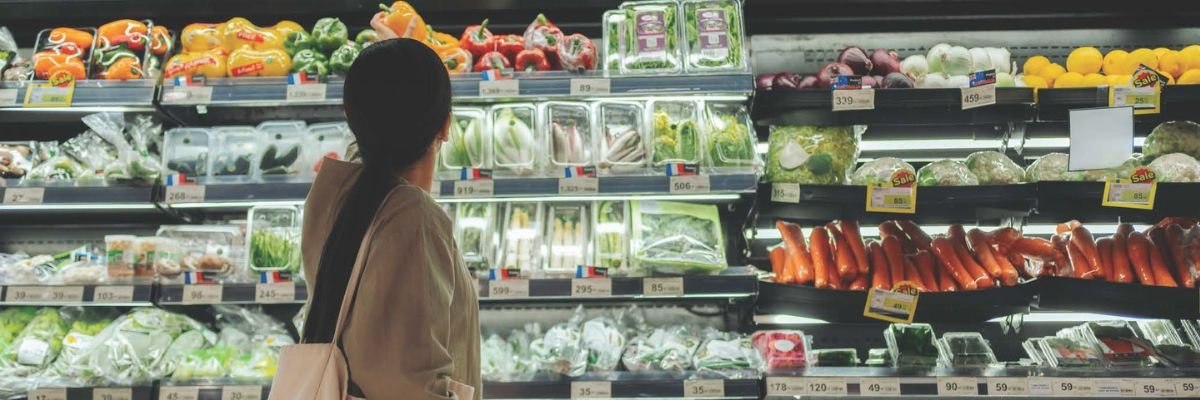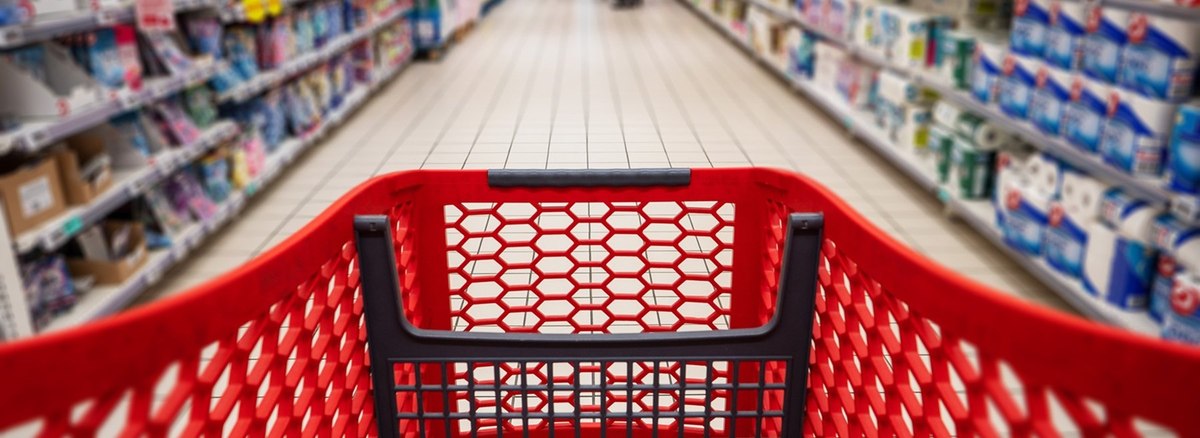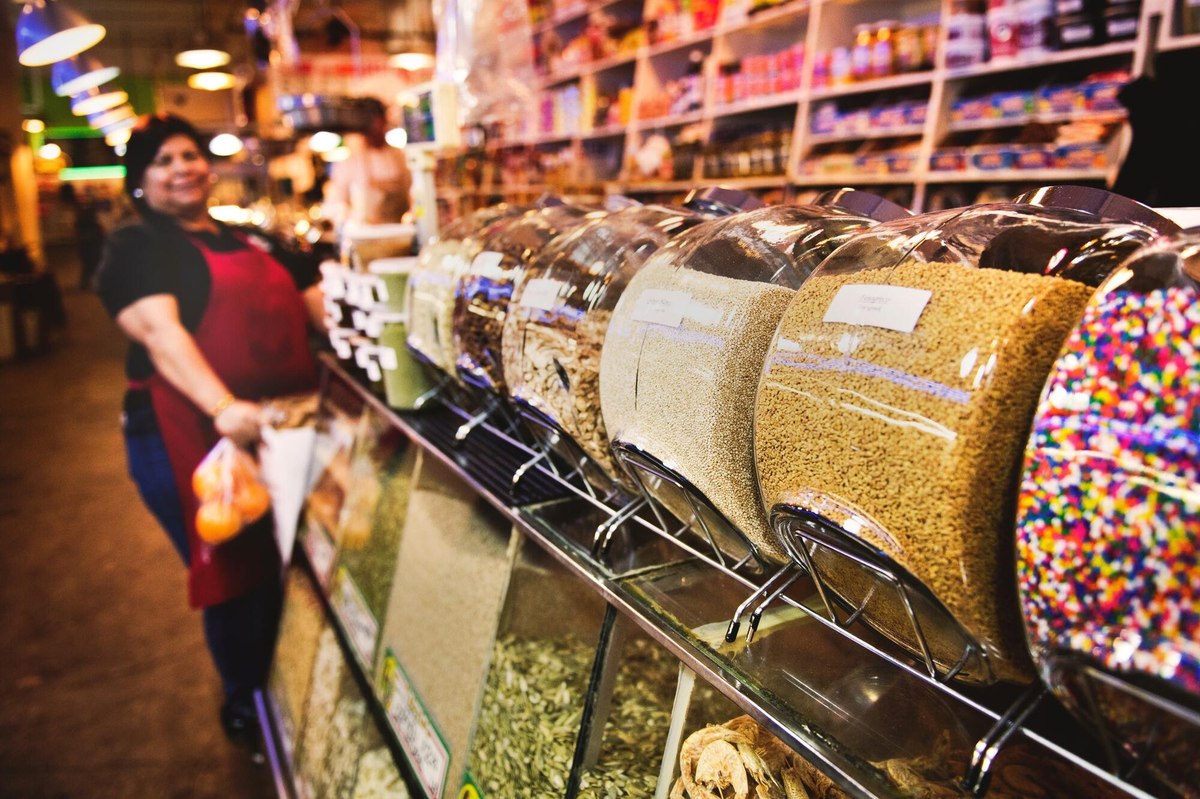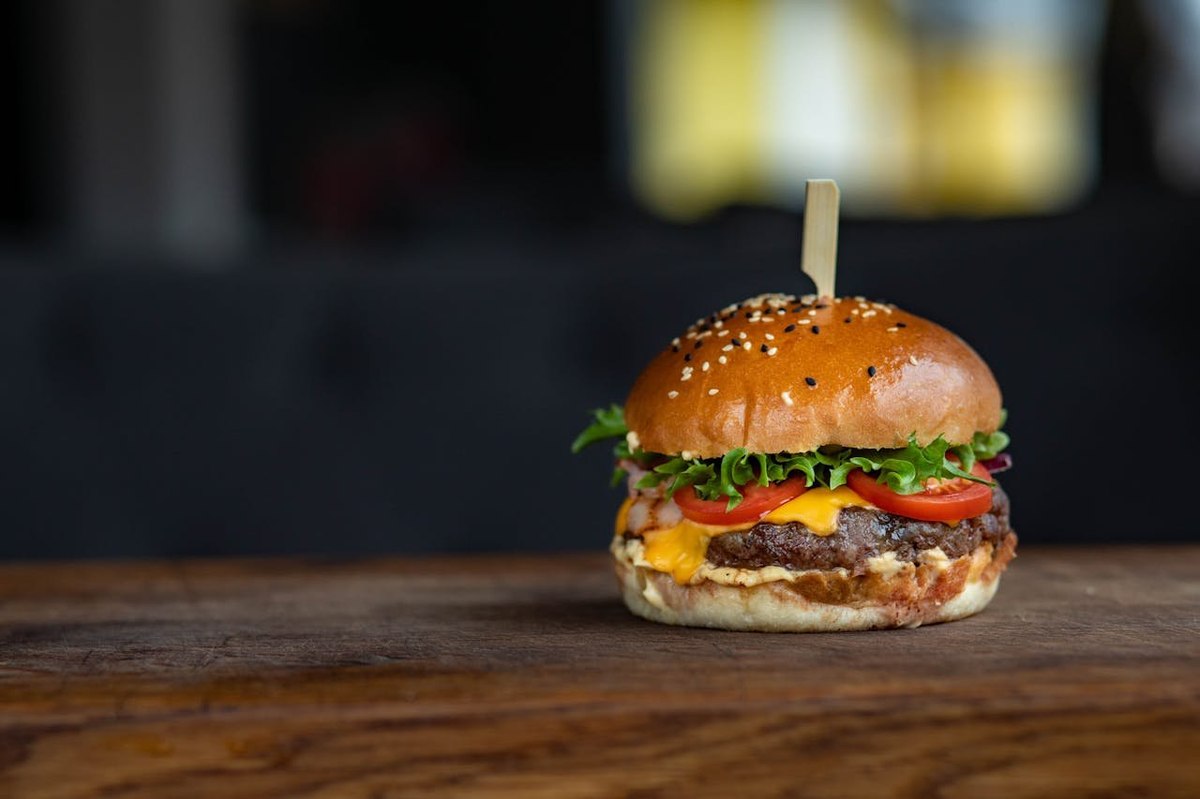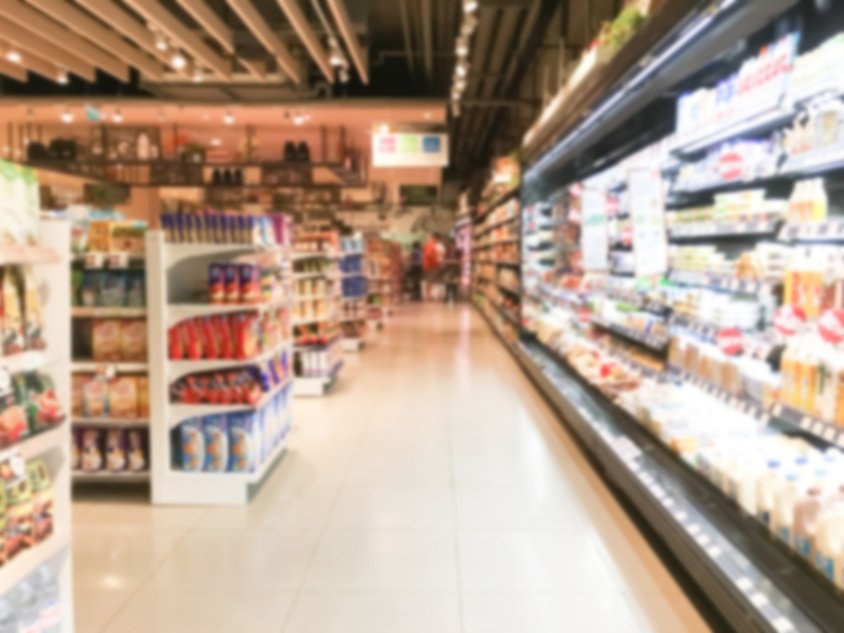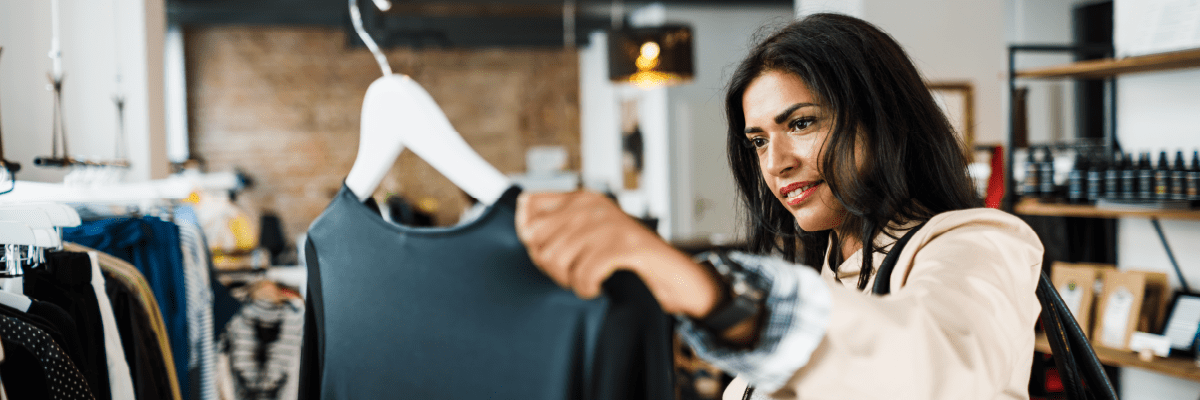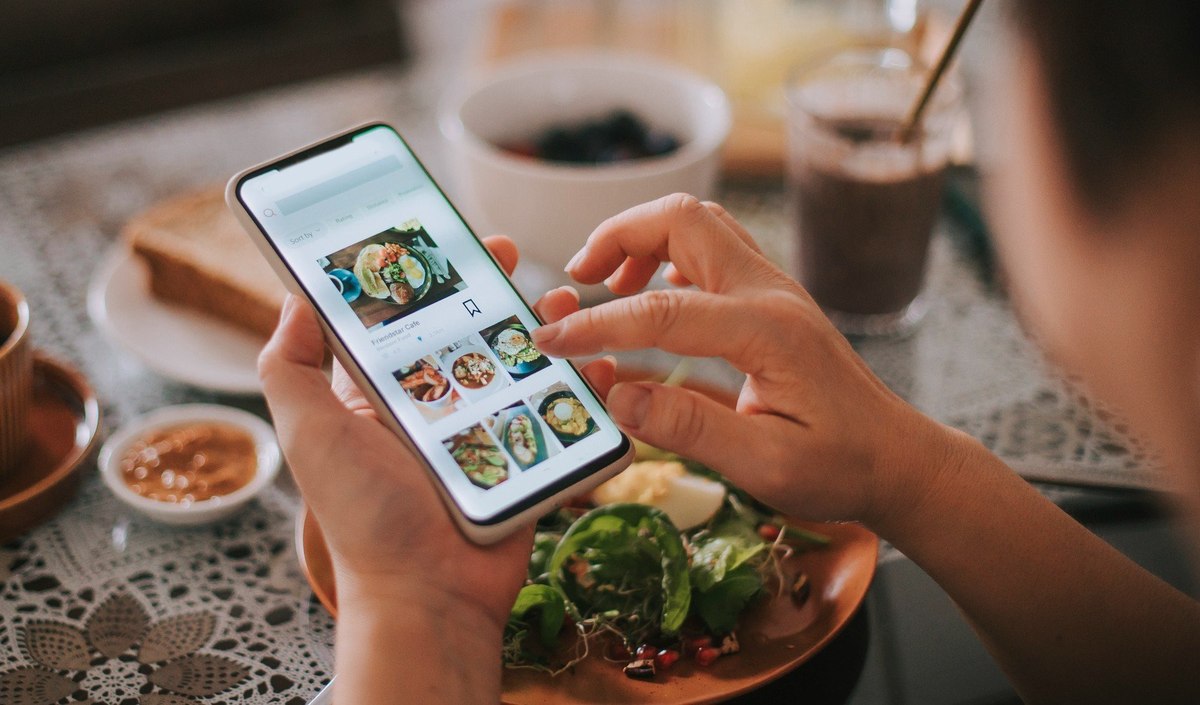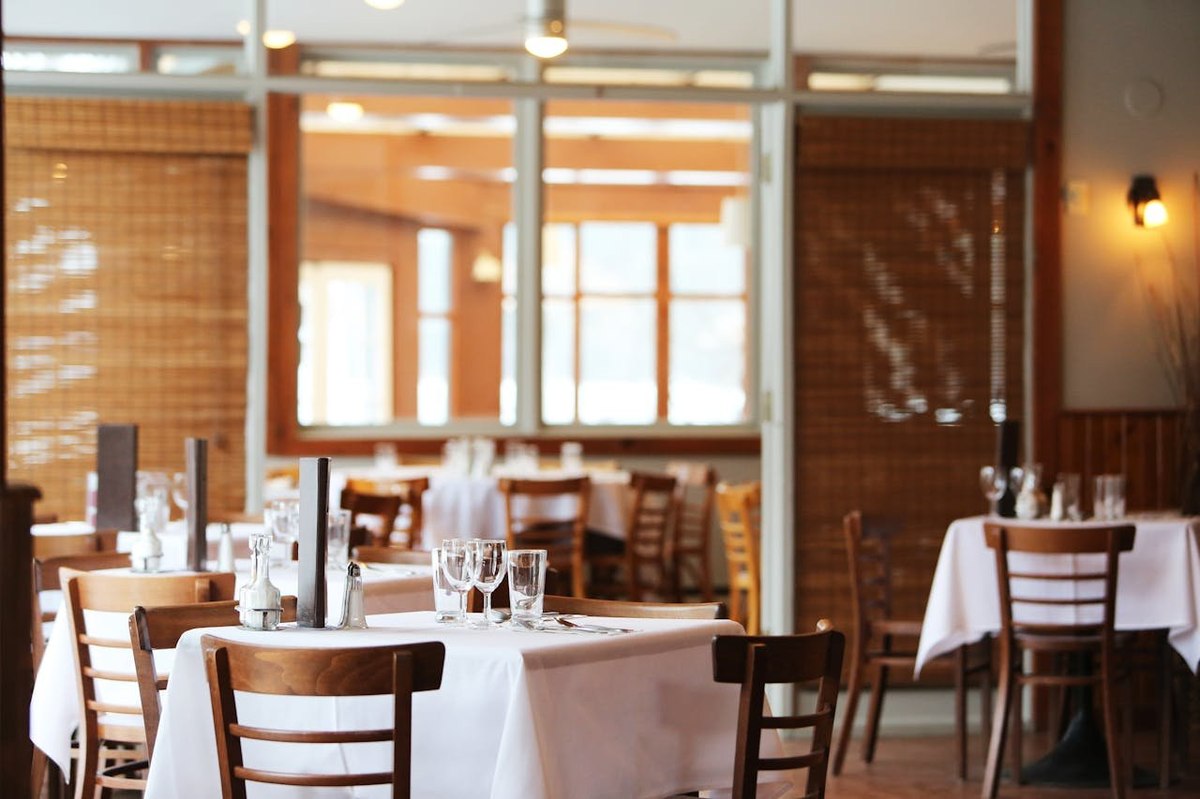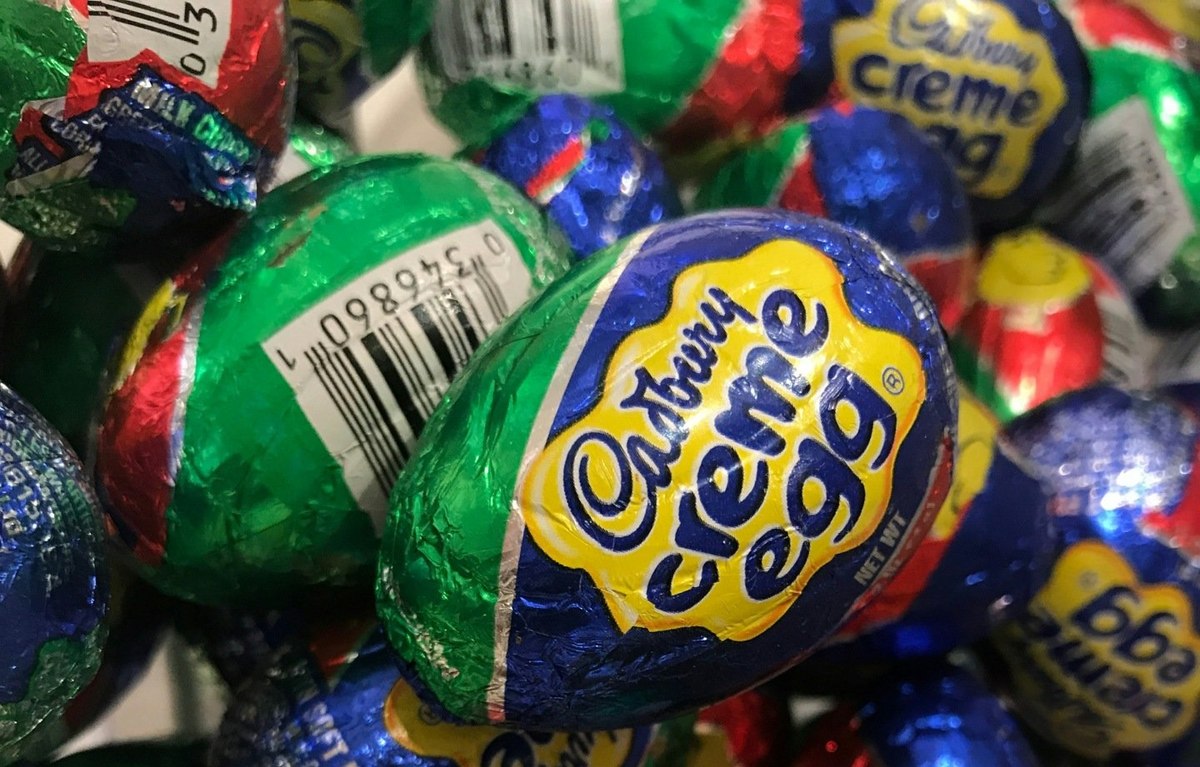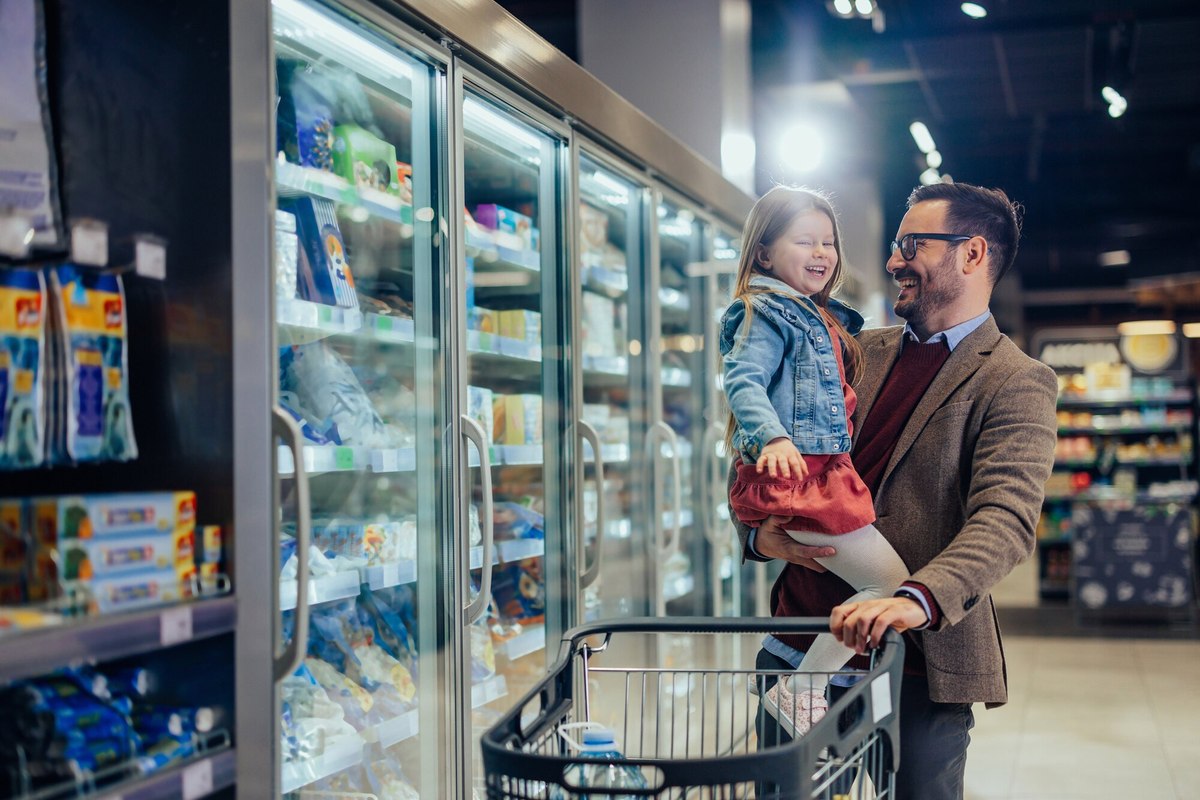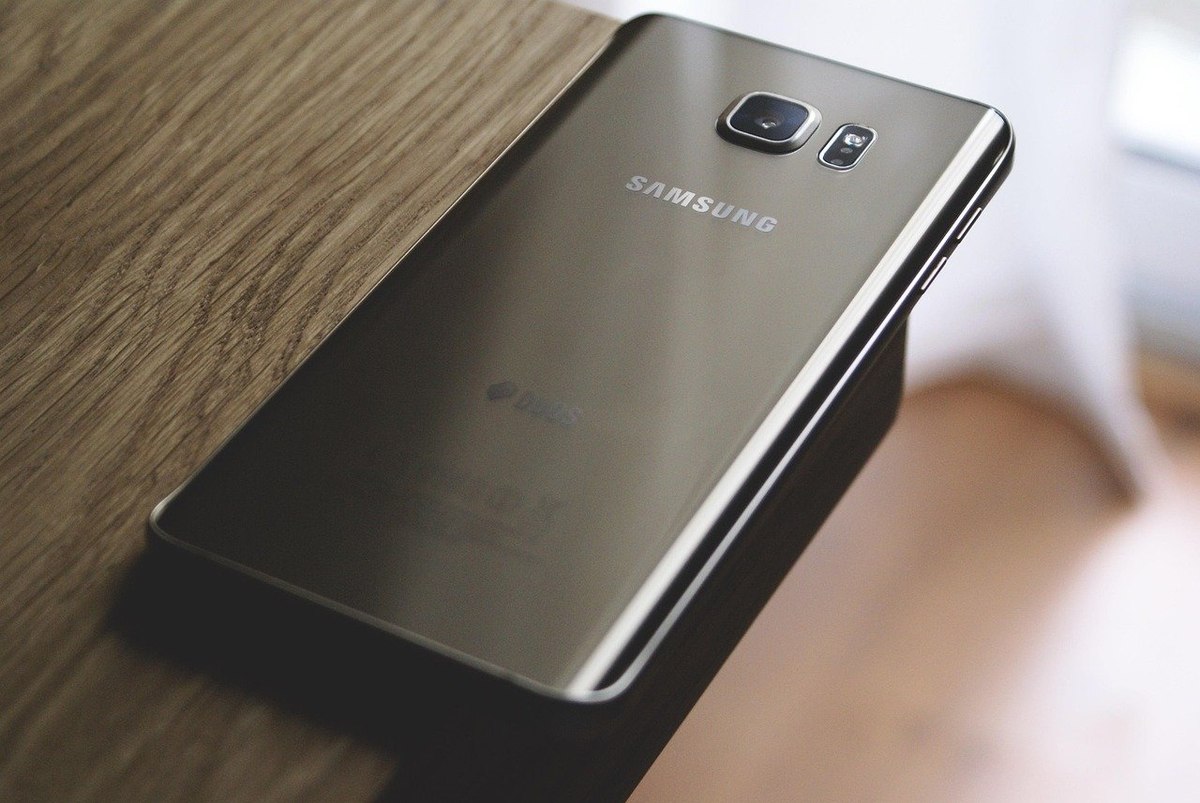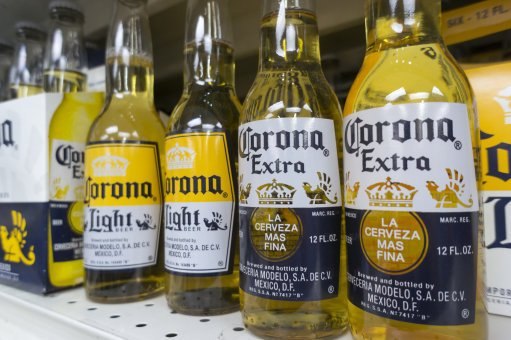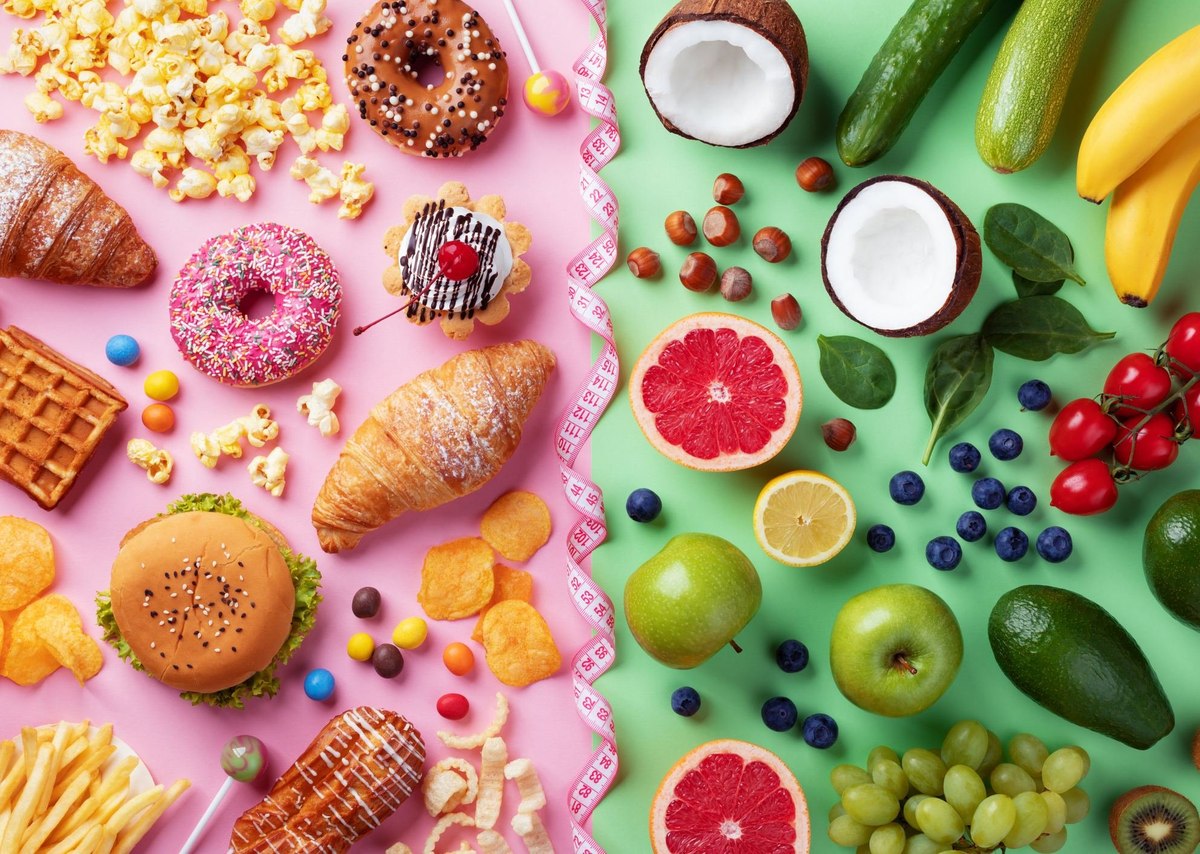
2024 US QSR and CPG industries roundup
The QSR and CPG sector in the United States continues to evolve rapidly, with shifting consumer preferences, innovative brand strategies and economic pressures shaping the landscape. From dining habits to retail transformations, and from health-conscious snacking to increased focus on sustainability, 2024 highlights trends that demand agility and insight from industry players.
Dining and restaurant trends
Casual dining is emerging as a preferred option for value-seeking Americans, with 54% perceiving it as better value for money than fast food, according to YouGov data. This shift reflects dissatisfaction with portion sizes and quality at fast food chains. Notably, McDonald’s has gained favor among Krispy Kreme customers, underscoring consumer overlap in quick-service preferences.
The Applebee’s and IHOP partnership has generated mixed consumer sentiment. While 30% of Applebee’s customers consider dining at IHOP, the reverse holds true for 37% of IHOP patrons. Chipotle faces scrutiny over portion sizes, raising questions about its impact on brand perception.
Word of mouth (62%) and online reviews (45%) remain pivotal in dining choices. Late-night diners often turn to Domino’s and Pizza Hut, which dominate preferences for after-hours dining.
Supermarkets and grocery
Store closures have significantly impacted consumer sentiment. For instance, 7-Eleven’s closures have led to a decline in customer loyalty, while CVS customers increasingly explore alternative pharmacy options, including independent retailers. Meanwhile, Walmart launched its bettergoods brand amid shifting preferences, particularly among high-income earners.
Costco’s Kirkland Signature brand has garnered attention from younger, wealthier demographics, with 52% of Kirkland fans being Millennials or Gen Z and 43.9% having household incomes over $70,000.
While freshness and seasonality are among the top four factors influencing consumer purchase decisions when it comes to fruits and vegetables. Nearly two-thirds of Americans want their favorite produce to be available year-round with 34% willing to pay a premium for it.
Issues like empty shelves (44%) and long checkout lines (35%) continue to frustrate in-person shoppers. Around two-thirds of US consumers choose to shop at a supermarket that offers lower prices (66%), and it’s the same of consumers across all income categories.
Debates over terminology for plant-based products remain prominent, as 50% of Americans oppose "meaty" language for vegetarian alternatives, though acceptance is higher among vegetarians and dairy-abstainers.
Women remain the primary grocery decision-makers (56% vs. 43% for men), while shrinkflation has prompted 20% of consumers to abandon certain products.
Snacking and beverage trends
The shift toward healthy snacking continues, with 32% of Americans snacking between meals and opting for healthier versions of their favorites. Brands are capitalizing on this trend with innovative flavors like sweet and smoky snacks, favored by 61% of respondents.
Starbucks’ new energy drink line targets health-conscious consumers, leveraging its brand appeal to rival established players like Red Bull and Monster. Can it win over the skeptics? On the other hand, Liquid Death is disrupting the beverage industry with steady year-over-year growth in purchase consideration.
Fourth of July remains the peak occasion for beer consumption, nearly two-fifths of Americans (37%) are likely to drink beer. Equally popular soft drinks are likely to be the go-to non-alcoholic beverage for 58% of Americans.
Beer consumption peaks during the Fourth of July, with 37% of Americans drinking beer and 58% favoring soft drinks as the non-alcoholic choice. Insights reveal 64% of beer drinkers consume alcohol while socializing with friends, with Corona Extra being the most considered brand.
Holiday spending patterns
During Halloween, 40% of Americans enjoy themed movies, while 39% decorate their homes, and 31% go trick-or-treating. Holiday budgeting shows 75% prioritize the lowest prices, with 52% sticking to strict budgets.
For Mother’s and Father’s Day, moms prefer dining out (36%), while dads leaned towards no gifts (32%). On International Women’s Day, 73% of women support women-owned businesses, with the highest support among women aged 65 and older (83%).
Health and wellness
Health and wellness remain priorities in 2024, particularly in the men’s grooming sector, which has seen younger men nearly twice as likely to shop at Sephora compared to 2020. Mental health awareness is also growing, with 47% of men emphasizing its importance, although 59% admit neglecting their own health needs.
Dietary habits reflect concerns about sugar intake, with 58% admitting to eating candy for its taste and 45% choosing fast food for its convenience. Innovative products like Nestlé's Ozempic-inspired meals cater to the growing weight management market, as data reveals that Ozempic customers spend more at supermarket than average Americans.
To relieve stress, 45% of Americans take walks, more than a quarter (26%) exercise and less than a quarter (22%) clean something. Over one in ten (11%) of those surveyed take to yoga or meditation to de-stress.
Consumer behaviors and marketing trends
Three in five US consumers planned to shop during Amazon’s 10th annual Prime Day sale, driven by discounts on electronics and household goods. Transparency in marketing is increasingly valued, as a majority of Americans support disclosure of AI usage in brand advertising, emphasizing its role as a competitive differentiator. AI’s role extends to product placement, where measuring ROI has become critical for brands seeking maximum visibility.
Additionally, brands focusing on sustainability saw increased engagement, as 10 key takeaways from consumer attitudes highlighted that American shoppers are keen on green initiatives.
Advertising and brand engagement
When ad testing Heinz’ recent marketing campaign with young consumers data revealed that the brand successfully connected with the audience. More than two-fifths of 18-34-year-olds (44%) say they liked the Heinz ad, in line with the overall group’s response (44%).
During Super Bowl LVIII, 66% of watchers thought the Pringles commercial fit the vibe of the Super Bowl, while 52% thought the DoorDash ad was funny. Uber Eats saw a 4-point boost in Ad Awareness following its humorous ad.
Applebee’s capitalized on NFL fan loyalty, with 92% of Awareness among NFL fans. Applebee's also scores high in Consideration (31.6%), translating into a 34% conversion from Awareness to Consideration.
Image: Getty Images
